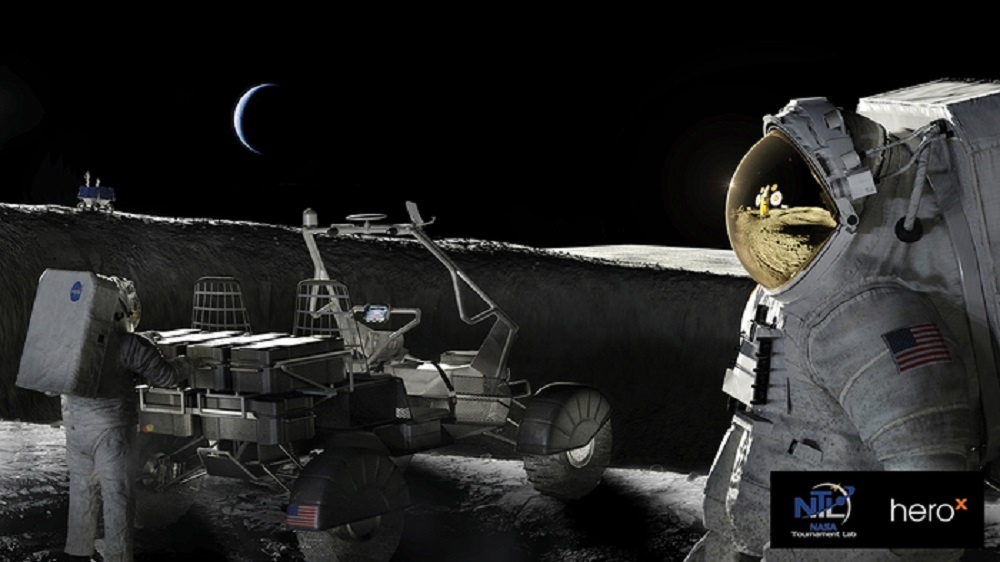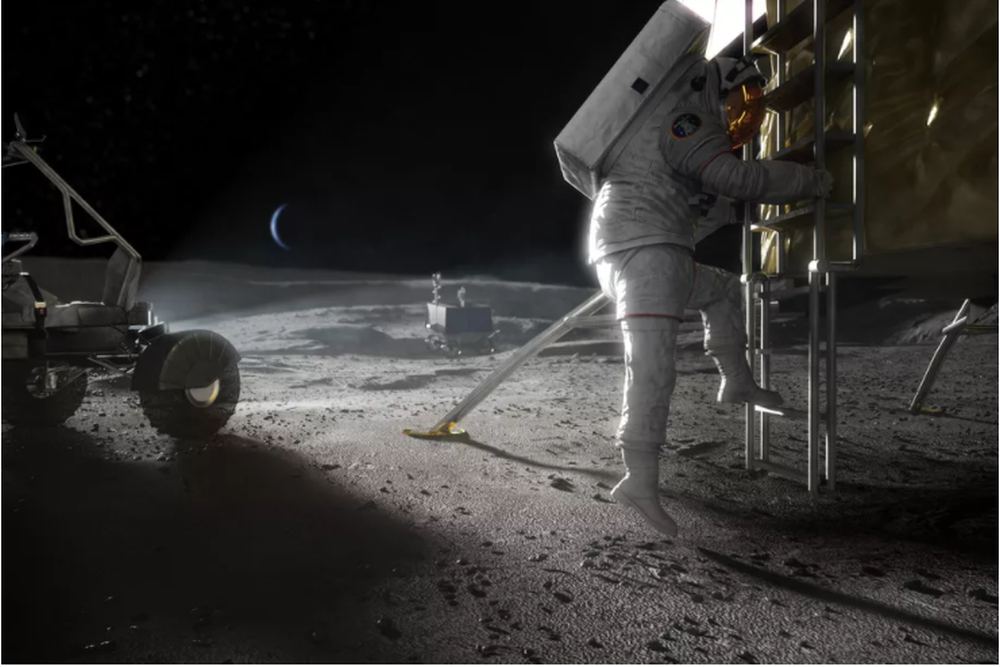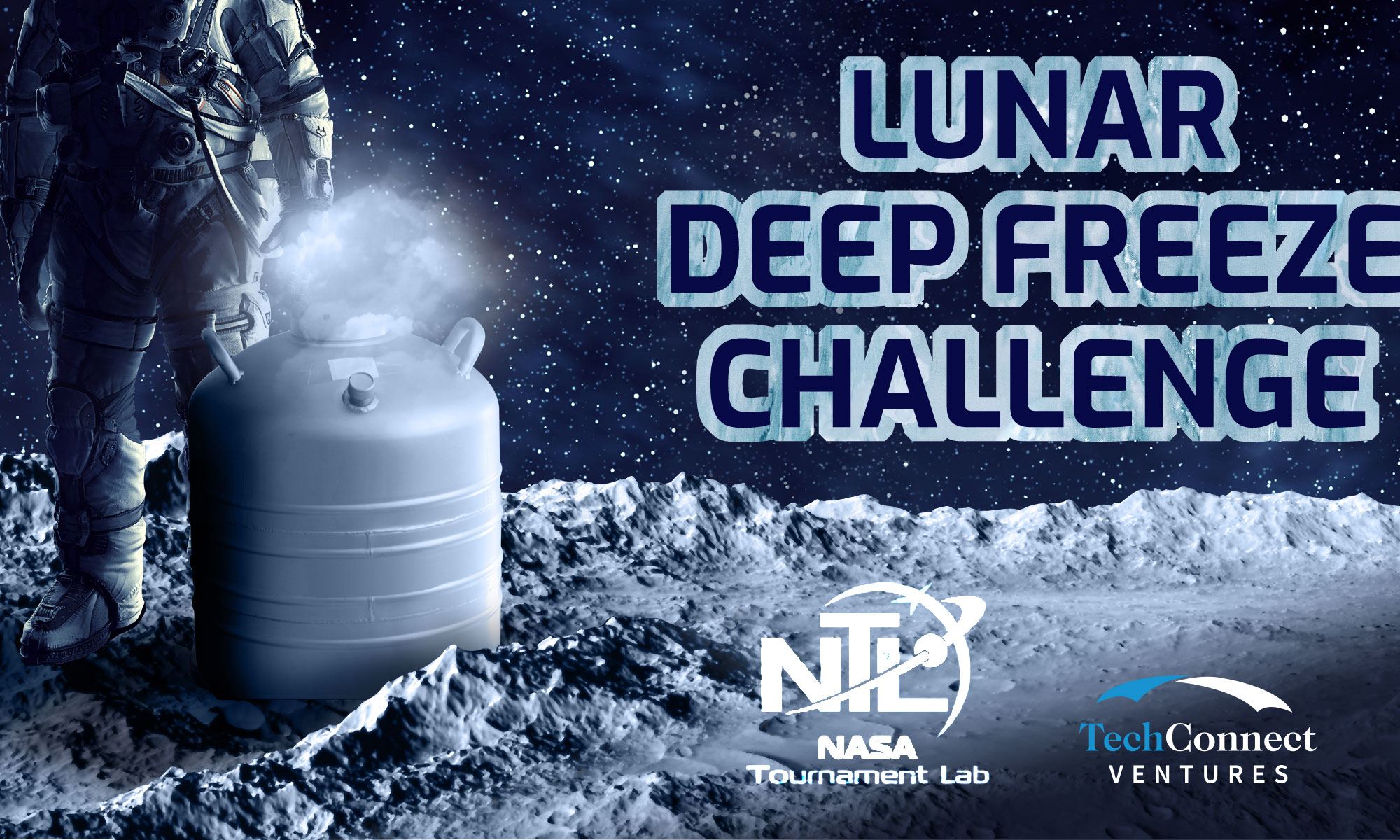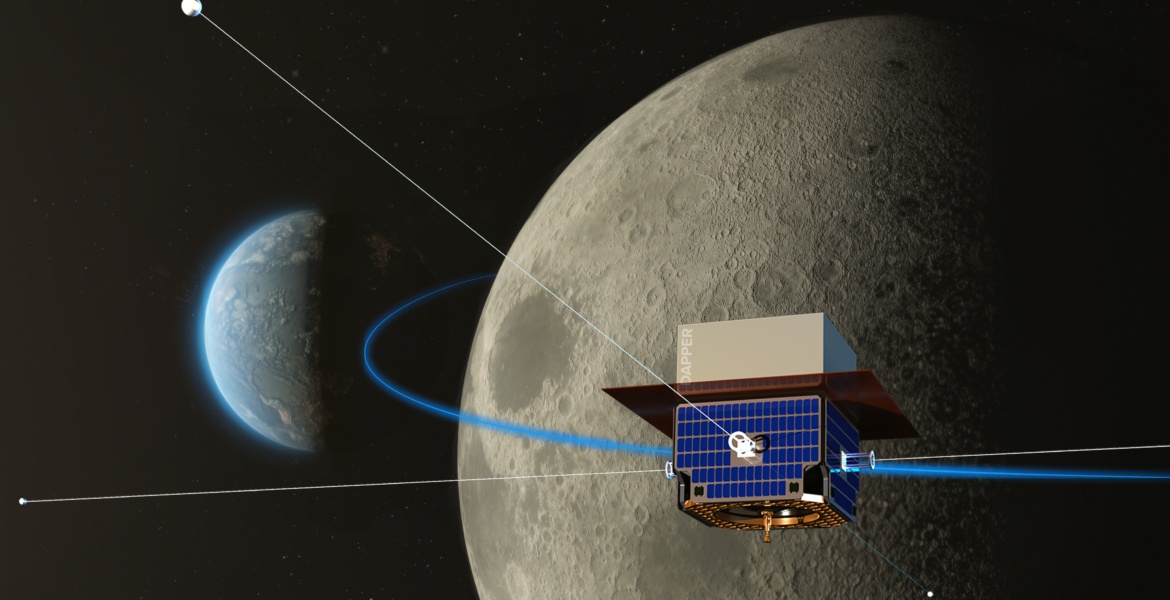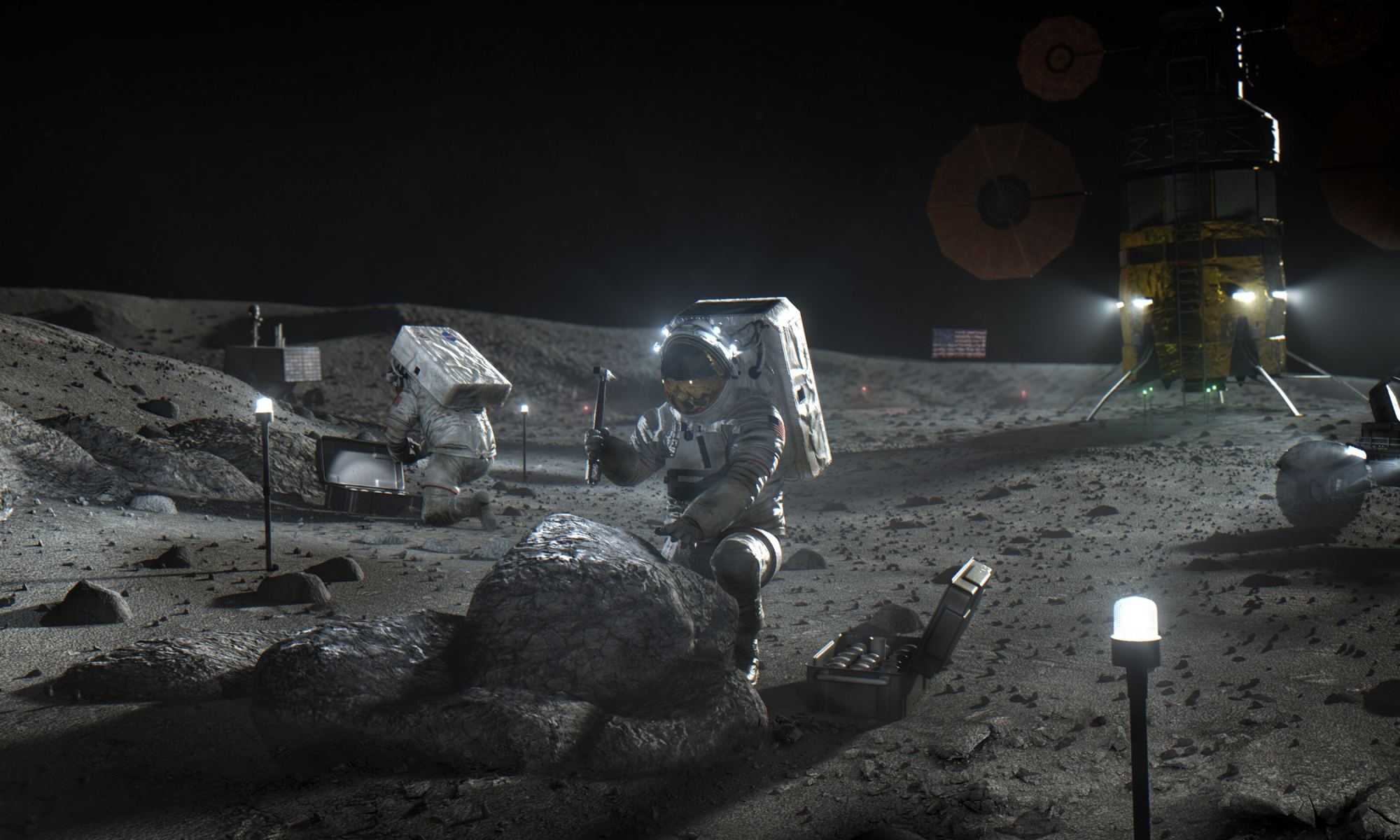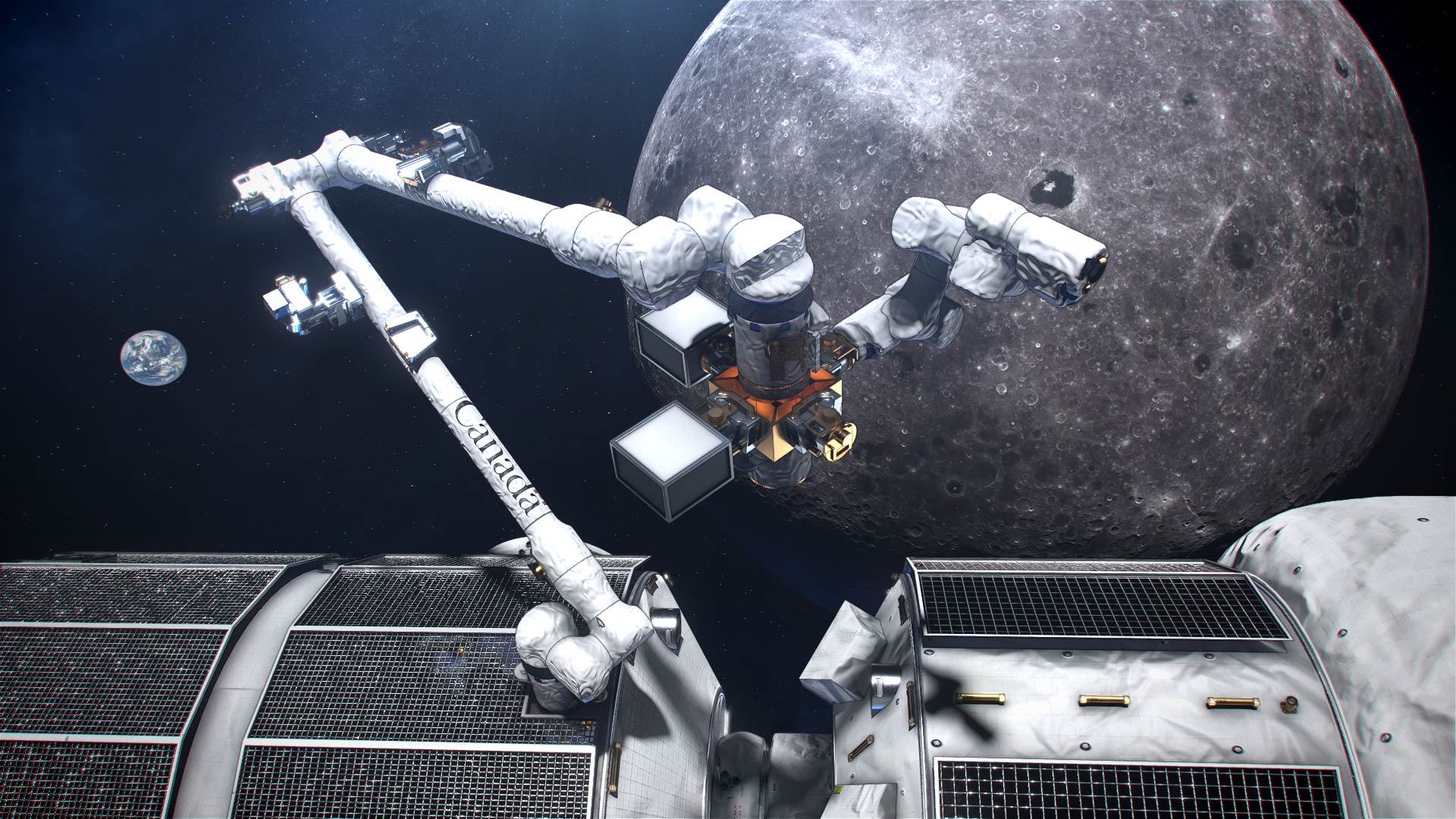In less than four years, NASA intends to send the first woman and the next man to the Moon as part of Project Artemis. This will be the first crewed mission to the lunar surface since Apollo 17, the last mission of the Apollo Program, in 1972. It’s also the culmination of decades of planning, research, development, and robotic missions that helped pave the way. And all along NASA has been clear what their overall goal is:
“We’re going back to the Moon! And this time, we’re going to stay!”
In addition to sending astronauts back to the lunar surface by 2024, NASA also plans to establish infrastructure by the end of the decade that will allow for a “sustainable lunar exploration” program. To achieve this, NASA and HeroX have launched the NASA Lunar Delivery Challenge, which will award $25,000 in prizes to teams who can design systems capable of handling payloads that will be delivered to the lunar surface.
Continue reading “NASA is Looking for Ideas on How to Jump-Start a Lunar Economy!”
